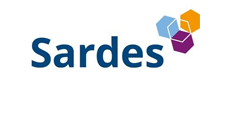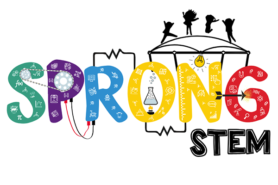3 benefits of welcoming home languages into our classrooms
Layla is 10 and she came to the Netherlands 1 year ago. At home, she speaks Arabic with her parents and Arabic and Dutch with her sister. At school she encounters many challenges, such as having to learn Dutch and academic content at the same time. Layla’s teachers also struggle to know how to best support her and her other multilingual classmates. Translanguaging – the use of the home language(s) when teaching – is one way to support both pupils and teachers. However, many educators are uncertain about the benefits of this approach. In the past months we’ve read more than 90 publications on translanguaging in diverse classrooms from across the world. The results are clear: translanguaging has multiple benefits. Here we present 3 ways in which translanguaging could help Layla and her classmates.

Translanguaging offers (easier) access to content
Layla finds it difficult to understand instructions or content-specific language (like multiplication). Everyday language (like chair or tree) can also throw her off when trying to solve a math problem. Using an online translator, a bilingual Dutch-Arabic text, or asking children with the same language background to discuss the task in both Dutch and Arabic can dramatically increase Layla’s chances of understanding the content.
Translanguaging allows learners to express their knowledge
Without any support, Layla remains mostly silent and feels anxious. But once she understands the task, she realizes she knows the answers to the questions. The teacher encourages her language group to make notes and discuss their thoughts in Arabic and then share the answers with the class in Dutch. Working in language groups or using technology can help Layla to express herself.
Translanguaging allows learners to be more confident
When Layla combines Arabic with Dutch to make sense of the task, she feels a sense of empowerment. She is now an active part of her classroom. She feels more confident to think about what she is learning, to ask questions, and to contribute to the group discussion. The teachers realize that Layla understands the content. Her contribution to the group discussion is valued. This way, Layla is able to participate, even if she’s not fluent in the language of schooling.
Research offers strong evidence that embracing minoritized languages in the classroom in a systematic way leads to positive outcomes for multilingual children with a migrant background.
-Mirona Moraru | Postdoctoral researcher, subproject ‘Boundary crossing‘.
Currently, this blog is only available in English and Dutch. To read it in another language we recommend using the translation tool DeepL.com.

















